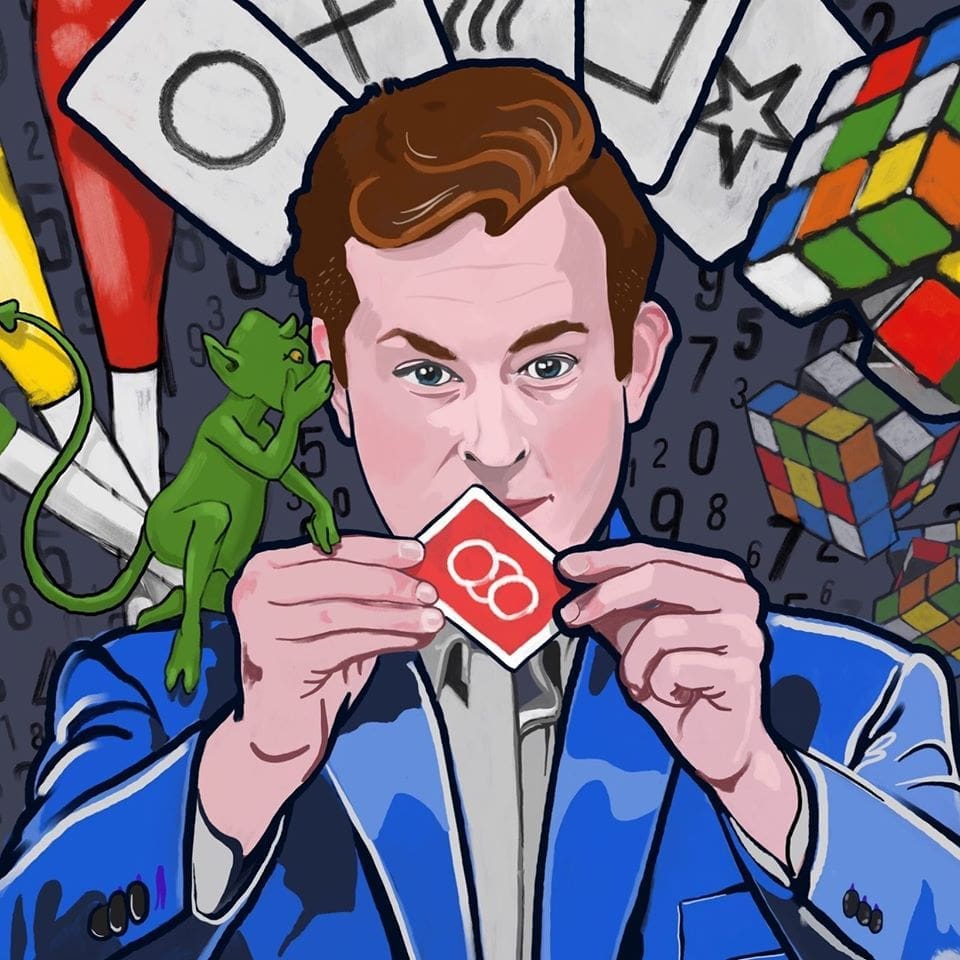Extrinsic vs Intrinsic Rewards
Extrinsic rewards are physical objects or tangible benefits bestowed by an outside agency (like winning a trophy or a gold medal). Intrinsic rewards are the feelings & emotions accompanying an activity for its own merit (like the feeling of accomplishment at the top of Mt. Everest).
There are thousands of ways employers have tried to boost morale & worker satisfaction in an effort to maximize bottom line earnings. But, what actually works?
Extra vacation days? Annual bonuses? Fun work environments? Team building exercises?
There's an interesting study from 1973 that demonstrated that extrinsic rewards often backfire. They tend to undermine the intrinsic motivation to perform at a high level which results in poorer job performance overall.
The Study
In a nursery class of 3-5 year old children who liked to draw, researchers divided them into 3 groups:
- Those who were told they would get a certificate for drawing (Expected Group)
- Those who were not told they would get a certificate for drawing, but would receive one afterward (Unexpected Group)
- Those who were neither told about a certificate, nor received one afterward (Control Group)
After the initial session, researchers waited a couple weeks and then implemented the second phase of the experiment.
All the children were in a room with paper & crayons, but no mention was made of a reward for drawing. Children in Groups 2 & 3 spent the most time drawing whereas children in Group 1 spent the least time drawing.
What Does This Mean?
If you use a quid pro quo system of motivation for employees (like a cash bonus), you'll actually decrease motivation to do a good job at that task unless you continue the rewards. At first, the money triggers a release in dopamine in exactly the same way as someone anticipates the effects of tobacco, cocaine, or any other kind of addictive drug.
The weird thing is, however, people tend to overestimate how much they're going to enjoy the payoff when it actually gets there, and they acclimate to the dopamine hit. That's why entrepreneurs & performers who choose to turn a hobby into a full time career tend to go through a period of feeling very low motivation to do something they previously loved to do for the sheer joy of it.
"If I'm not getting paid for it, why would I do it?"

So How Do You Get The Best Results?
There's the easy way, and the hard way.
The hard way is to find people who love to do the thing you need done, and then set them loose. Let their intrinsic motivation of satisfaction drive their efforts for you.
Finding this perfect overlap of interest & job can be time consuming and difficult. That's why it's the hard way.
The easy way is to make rewards unexpected and random. Understand, however, when something happens once people will expect it again. The trick is to do it at random intervals as opposed to a "random" annual bonus at Christmas. (Same goes for verbal praise, and any other form of positive feedback. Random distribution is more effective.)
Takeaways
- Money & extrinsic motivators are much less effective than aligning someone's intrinsic motivator to complete a task
- If you're going to use an extrinsic motivator, it's much more powerful if it is given unexpectedly








